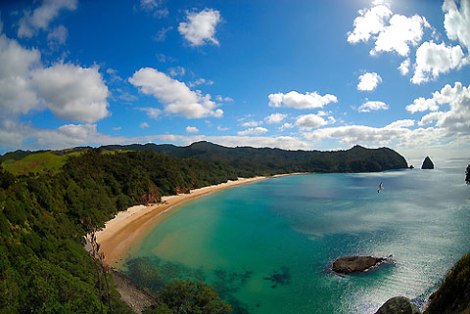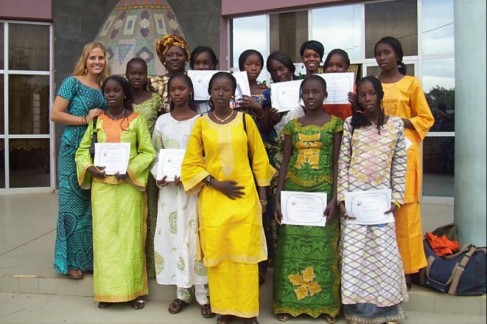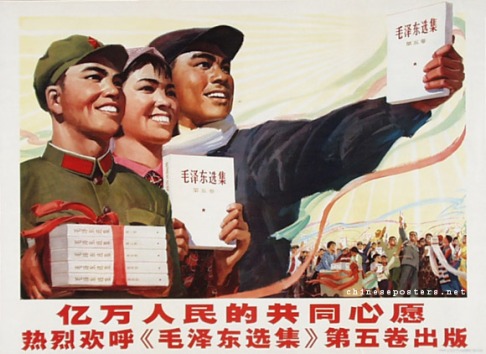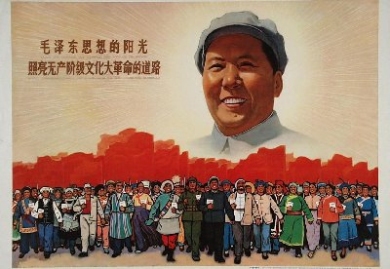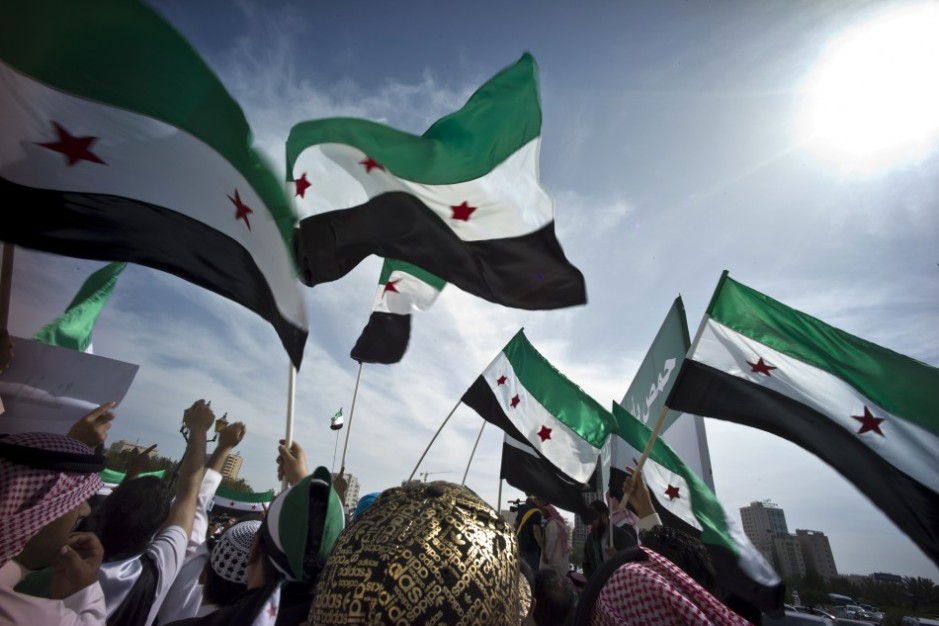SourceURL:file://localhost/Users/keyruh12/Documents/New%20Zealand.doc
While studying abroad last semester, I had the amazing opportunity to travel to many countries and cities all over Europe. While traveling and staying in various hostels, I met some incredible individuals from all over the world who shared many interesting stories with me about what they had seen in their personal travels, as well as stories and information about where theyw ere from specifically. One girl I met in a hostel in Nice, France was a Russian girl named Nava who had been living in New Zealand for the past 10 years. She called herself a Kiwi, what New Zealanders refer to themselves as.
^Not this kind of Kiwi 😉
SourceURL:file://localhost/Users/keyruh12/Documents/New%20Zealand.doc
She was traveling around Europe and eventually returning to Moscow by herself for three months. My traveling companion and I invited her out to dinner with us, as she was just a bit older than us and we figured she could use some company! At dinner, we discussed the idea of feeling safe while traveling around the world. She told us that compared to New Zealand, Europe seemed like a scary place. She told us all about New Zealand laws, crime rates, and gun laws, and compared to what I was used to hearing about from living in the United States and France, her stories were so surprising to me. One story small fact she had to share with us was about finding lost car keys on the beach. With New Zealand being an island, many people obviously go to the beach, and consequently lose belongings like car keys. She told us that she’s never heard of anyone’s car being stolen, ever. The police and honest citizens return keys and lost belongings to lost and found stations all over the country and people can usually always retrieve lost items. This surprised me because in the United States, even here on campus for a smaller scale, if something is lost, there’s a good chance you won’t find it, whether it be because someone has stolen it or no one was honest or proactive enough to return it. We’re always saying, “it’s nice to know there are still good people out there,” when someone does a good deed, whereas with Nava and fellow Kiwis, it is just commonplace. She also told us that New Zealand is one of the safest countries in the world, which I verified on Lonelyplanet.com. I looked up crime rates in New Zealand and was floored by how little crime there is. One fact speaks for itself: There were zero homicides in the 2011-2012 year. Compared to the city of Chicago, with hundreds of murders a year, I was so surprised, and happy that somewhere on earth still believes in peace over violence. More surprising statistics like this one can be found on the website here : http://www.police.govt.nz/sites/default/files/resources/crime-statistics/00-national-2011-12-crime-stats.pdf .
SourceURL:file://localhost/Users/keyruh12/Documents/New%20Zealand.doc
I just wanted to comment and write about a fact that I found very interesting, as I had never heard of New Zealand being such a safe and peaceful country. Not to mention it is beautiful and serene. I can’t wait to travel there one day and experience it for myself.
*New Chums Beach, Nava said it is the most beautiful in New Zealand!

